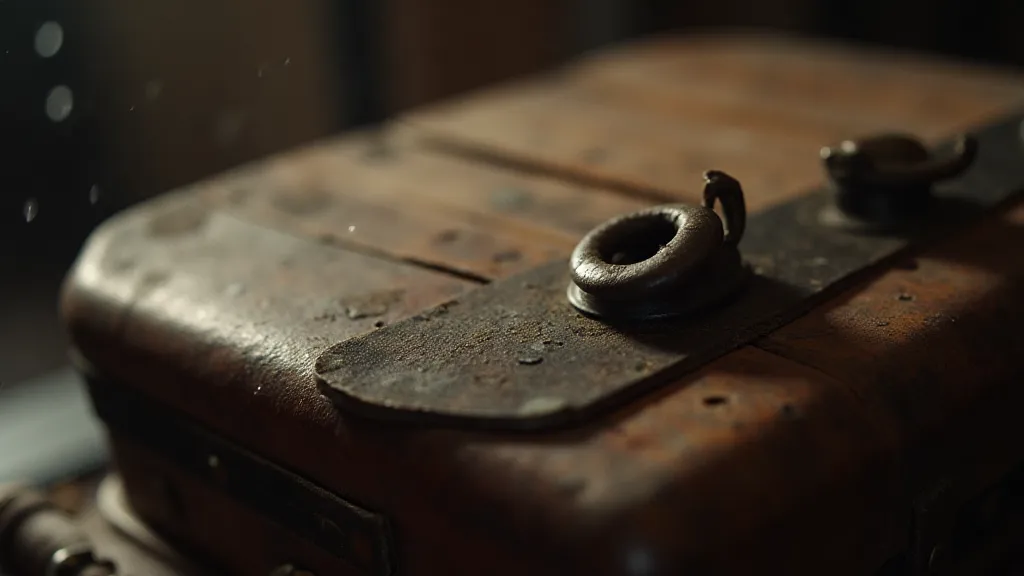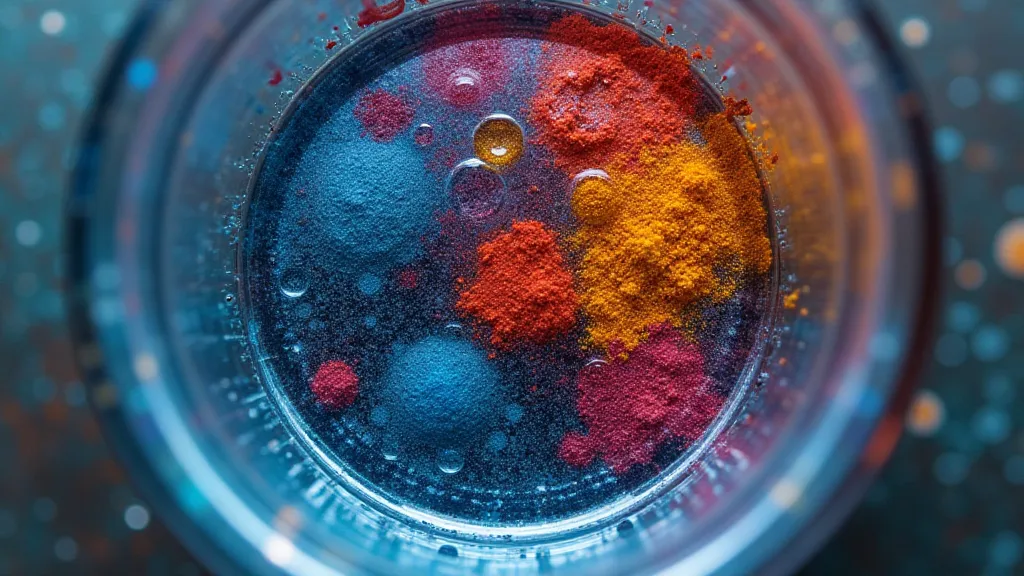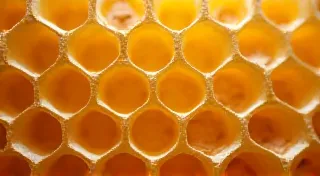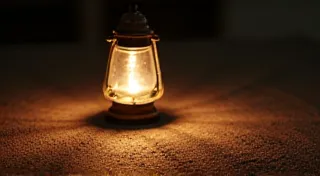The Chromatic Magnet: Exploring Magnetic Interactions with Color
There's a peculiar beauty in observing the seemingly chaotic dance of particles – a beauty that resonates within me, perhaps amplified by a lifelong fascination with antique accordions. Each key, each bellows fold, represents a confluence of precise engineering and artistry, a symphony of motion and sound meticulously crafted. Just as a skilled accordion maker understands the interplay of wood, metal, and air pressure, so too can we, with a bit of ingenuity, harness the invisible forces of magnetism to orchestrate a visual spectacle – a chromatic ballet of pigment and force.
My own journey into this intersection of magnetism and color began, surprisingly, with the restoration of a 1920s Paolo Soprani accordion. The delicate ornamentation was flaking, the bellows cracked, and the internal mechanics were stiff with age and neglect. During the cleaning process, tiny flecks of pigment, remnants of long-ago hand-painted decoration, would occasionally cling to my fingers, iridescent ghosts of a bygone era. It was these tiny fragments, representing the vibrancy of the original artistry, that sparked a thought: Could I, somehow, use magnets to manipulate and display these colors, to recreate that lost visual splendor?
The underlying principle is simple, yet remarkably profound. Magnetic fields exert force on charged particles. Pigment, especially when suspended in a liquid medium, consists of these charged particles. By strategically placing rare earth magnets – neodymium, samarium cobalt – we can create gradients, patterns, and even dynamic sculptures from these suspended pigments. It's physics made tangible, beauty born of scientific principles.

A Brief History of Magnetism and Art
The connection between magnetism and art isn't new. While the use of rare earth magnets is a relatively recent development (the first neodymium magnet was created in 1982), the concept of using magnetic forces for artistic expression has roots in earlier explorations. Artists in the 19th and early 20th centuries, intrigued by the newly discovered electrical phenomena, sometimes incorporated magnets into their creations, though often more as novelty items than as integral artistic elements. The true potential, the ability to create genuinely captivating and dynamic displays, remained largely untapped until the advent of powerful rare earth magnets.
Before that, artists experimented with iron filings and lodestones, creating mesmerizing patterns on canvas. These were more about demonstrating the invisible field than creating an aesthetic display, but they laid the groundwork for a deeper appreciation of magnetic forces and their visual impact. The inherent beauty of iron filings arranging themselves in intricate patterns, guided by a magnetic field, is undeniably compelling – a miniature cosmos unfolding before our eyes.
Simple Experiments: Bringing Color to Life
Let’s explore some accessible projects to demonstrate this fascinating interplay. A great starting point is the "Magnetic Color Wheel." Simply take a clear, shallow container, fill it with water, and add a small amount of pigment – iron oxide for rust tones, titanium dioxide for white, ultramarine blue for that deep, evocative hue. Gently suspend a thin layer of mineral oil on the water’s surface. Now, carefully place several neodymium magnets beneath the container. Watch as the pigments swirl and separate, forming a mesmerizing display of concentric rings and vibrant gradients. The oil acts as a barrier, preventing the pigments from mixing completely, while the magnetic field dictates their distribution.
Another intriguing project is the “Magnetic Bloom.” Using a similar setup, but this time with smaller droplets of various pigment colors, you can create the illusion of blooming flowers or swirling galaxies. The key is to experiment with the density and viscosity of the pigment solutions and the strength and placement of the magnets. Don't be afraid to make mistakes; each failure is a lesson learned, bringing you closer to the desired effect.

Understanding Magnet Safety and Handling
While rare earth magnets offer incredible artistic potential, it’s crucial to handle them with care. Neodymium magnets are extremely powerful and can pinch fingers, damage electronics, and even shatter if allowed to collide. Always store them away from children and magnetic media like credit cards and hard drives. It is also essential to be mindful of their effect on pacemakers and other medical devices; maintaining a safe distance is paramount.
Furthermore, neodymium magnets can corrode if exposed to moisture. Applying a protective coating, such as clear lacquer, can help prolong their lifespan and maintain their effectiveness. Proper storage in a dry environment is equally important. This attention to detail, this respect for the materials, echoes the meticulous craftsmanship found in the restoration of antique accordions - a lesson in longevity and preservation.
Rare Earth Magnet Projects: Beyond the Basics
Once you’re comfortable with the fundamentals, the possibilities are truly limitless. Imagine creating a magnetic kaleidoscope, a dynamic sculpture that shifts and changes with the slightest adjustment of the magnets. Envision a magnetic “painting” that responds to environmental changes, subtly altering its appearance in response to temperature or humidity.
The real beauty lies in the creative process, in the exploration of the interplay between science and art. This is where true innovation flourishes, where the boundaries between disciplines blur, and where the seemingly impossible becomes reality. Restoring an antique accordion isn't just about replacing broken parts; it’s about understanding the maker’s intent, appreciating the artistry, and preserving a piece of history. Similarly, exploring magnetic interactions with color isn't just about creating visually stunning displays; it's about understanding the fundamental forces that shape our universe, and finding beauty in the unseen.

The Resonance of Creation
The chromatic magnet is more than just a scientific demonstration; it’s a resonant experience – a tangible connection to the forces that shape our world, expressed through the vibrant language of color. It's a testament to the power of creativity, the beauty of scientific principles, and the enduring appeal of craftsmanship. Just as the delicate mechanism of an antique accordion harmonizes disparate parts into a unified whole, so too can we orchestrate a symphony of color and magnetism, creating a visual masterpiece that inspires awe and wonder. Embrace the challenge, explore the possibilities, and let the chromatic magnet be your guide.





